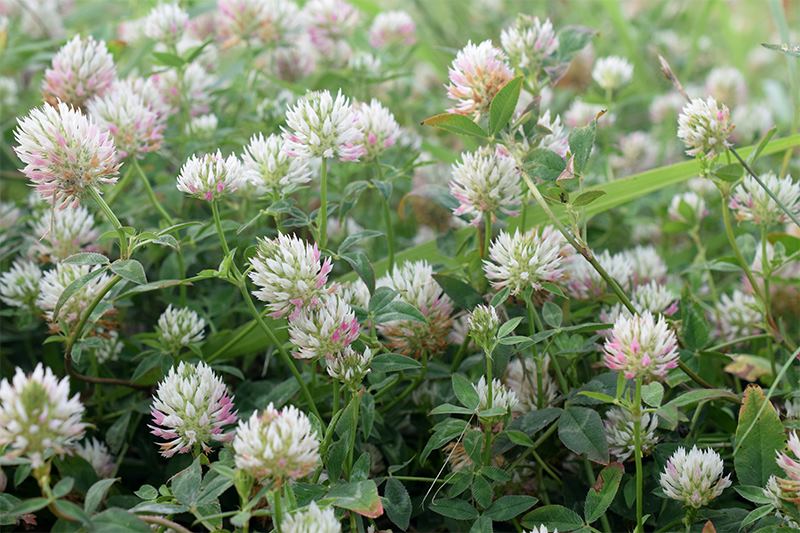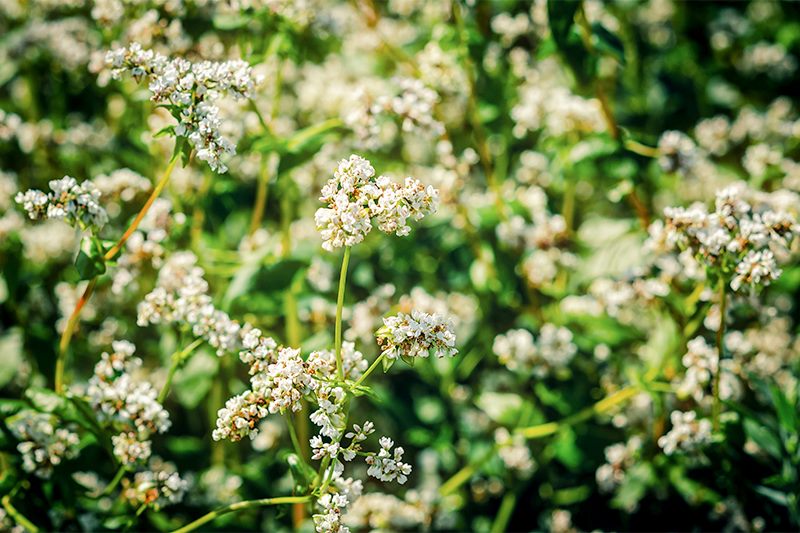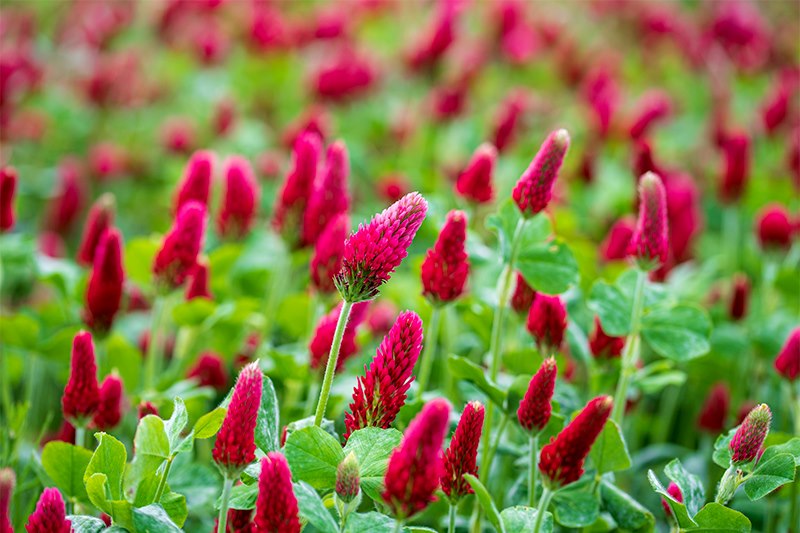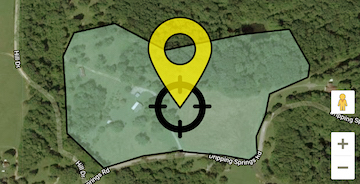What Your Mama Never Told You About Brassicas
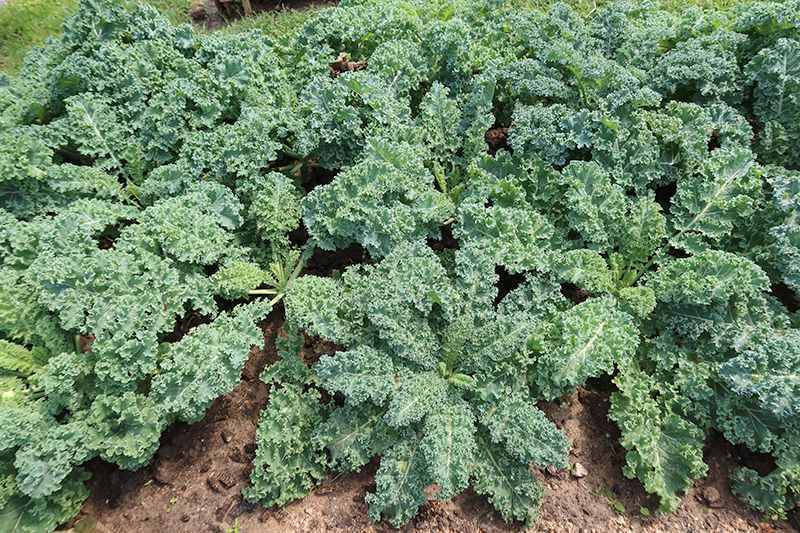
By Kent Kammermeyer, Senior Wildlife Biologist
What in the world is a Brassica? A musical instrument related to a trumpet, right? Hardly. Brassica is the scientific (genus) name for the mustard and turnip family including rape, kale, swedes, canola, collards, rutabaga, broccoli and others. Some of these can be quite useful in deer management as late fall and winter forage when freezing temperatures raise the sugar content of the leaf. They then become highly palatable and are high in protein and highly digestible when virtually nothing else is available for deer to eat. This is especially true in the north with frozen ground and snow cover preventing the use of even cool season forage crops like wheat or rye.
First a brief description of some common Brassicas is in order. Rape (Brassica napus) is a short season leafy crop whose stems and leaves are eaten by deer at various stages of growth. Rape re-grows after harvest and is the easiest brassica to manage for multiple grazing's.
Kale (Brassica oleracea) is a long-season, leafy brassica that is very cold tolerant, which allows grazing of leaves and stems into winter in most years. Kale reaches maximum production in 90 to 150 days.
Turnips (Brassica rapa) grow very fast reaching maximum production in 80 to 90 days. Growth in fall makes turnips a valuable crop for late fall grazing. The proportion of tops and roots varies markedly depending on variety, crop age and planting date.
Swedes (Brassica napus) produces a large edible root. Yields are higher than turnips but growth is slower and requires 150 to 180 days to reach maximum production. All varieties are recommended for late fall grazing.
Brassicas grow best in loamy, fertile and slightly acid soil (pH 6.0-6.5). They will all do okay in heavy clay but not in wet or poorly drained soils. Brassica seed is small and should be seeded into a fine, firm seedbed with adequate moisture for germination. Good stands can be established by broadcast planting 4-6 lbs/acre of kale or rape or 3-4 lbs/acre of swede or turnip followed by cultipacking. Brassicas can be no-till drilled at ½ the broadcast rate into a sod by applying two quarts/acre glyphosate at least three days prior to seeding. The seed should never be covered more than one-half inch deep. Fertilize at planting with 300-400lbs/acre 19-19-19. Top dressing with 100 to 150 lbs/acre ammonium nitrate at30-60 days will increase production and utilization of the top and especially the bulb. Boron and/or sulfur may be needed, only a soil test can reveal this.
For November and December grazing, plant Swedes or kale in May or June and plant rape or turnips in July and August. Any time later than this will not allow the plants to reach maximum production before killing frosts especially in the north.
Now for the part that your mama never told you: Don't plant Brassicas on the same ground for more than two successive years! Not even in the same field, they need to be rotated out due to diseases such as anthracnose, powdery mildew, root knot, leaf spot, white rust, scab, turnip mosaic virus and rhizoctonia rot. The worst of these do not just injure the plant, they can cause an entire crop to turn black and die in a short period of time. The effect is less intense in the north because cold destroys some of the organisms. New Zealand varieties are likely more vulnerable to the funguses than those grown in the US for years.
Some varieties of turnips, canola, and rape have some genetic resistance but none are immune to the disease complex. There is no substitute for crop rotation! Rest the area for a minimum of two years. A clover/wheat mix makes an excellent alternate crop for deer.
Another important reason for crop rotation is that Brassicas are also attacked by insects that quickly build up in successive years such as the cabbage flea beetle, striped flea beetle and the common aphid.
Bottom line: enjoy your Brassica patches while they last, but rotate them out after two years to prevent big trouble. There is no substitute for crop rotation!

